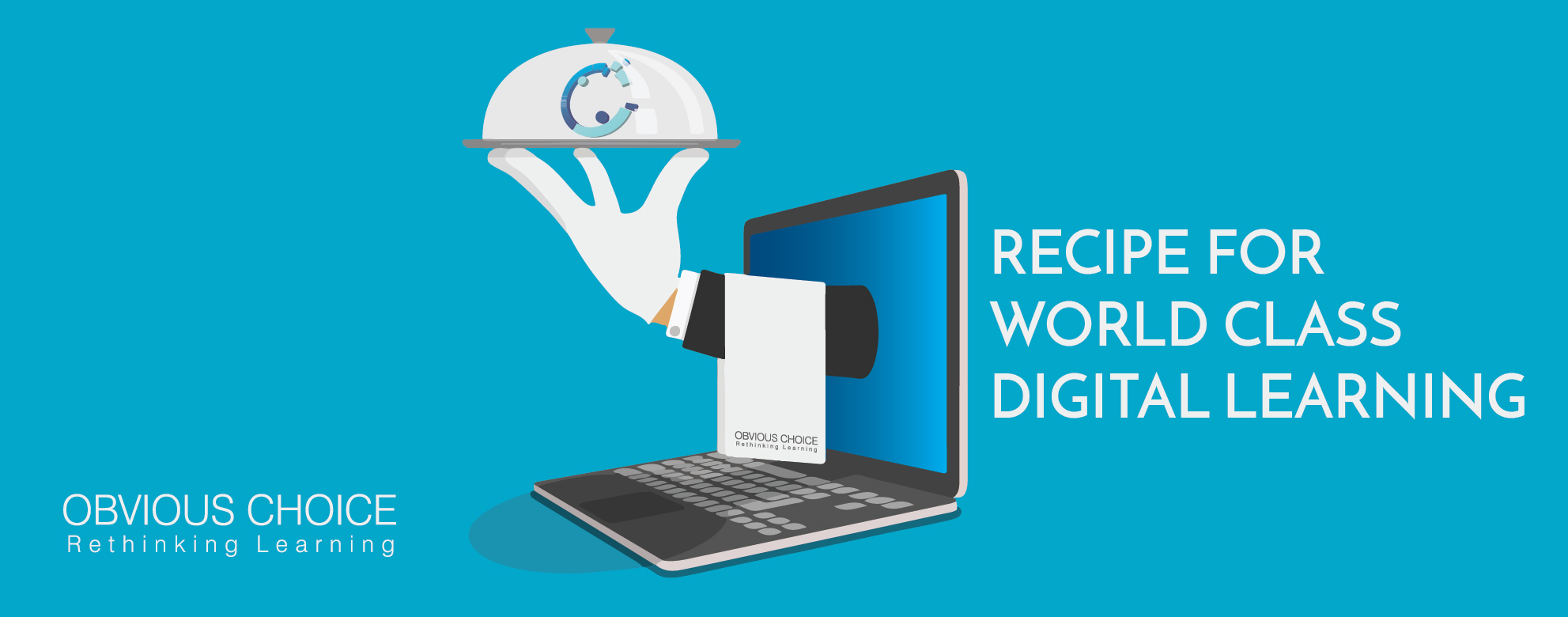Ingredients
For this recipe, you’re going to need the following:
- Evidence-based adult learning
- Storytelling, gamification and behavioural economics
- A Learning Record Store (LRS) linked to a business system
Staples and fresh produce
Place all of your evidence based principles in a bowl. Make sure you use a mix of proven staples and fresh produce. if you’re not sure how to go about this, I recommend a visit to Hattie and Marzano’s.
John Hattie and Robert Marzano conducted the world’s two largest meta-studies on the effect sizes of various teaching techniques. Throwing in a recent New scientist article summarising real neurolearning research and you have a great base from which to start.
- Identifying similarities and differences
- Note making and summarising
- Recognition and reinforcement
- Homework and practice
- Graphical organisers and methods
- Cooperative learning
- Setting goals and feedback
- Hypothesis generation & testing
- Questions, cues and advance organisers
- Self-reported expectations
- Early intervention
- Teacher credibility
- Formative assessment & feedback
- Micro-teaching and debrief
- Discussion
- Teacher clarity
- Reciprocal teaching
- Spaced practice
- Meta-cognitive strategies
- Morning learning
- Self-quiz
- Situated learning
- Group work
- Play games
- Relax and sleep
- Teach to learn
- Spaced recall
- Positive action
Grab a handful and mix your ingredients together in a way that makes sense for your diners. One you have your mix at the right consistency, you’re ready to cook!
Sources maketh the dish
Today we’re going to make three data sources to go with our meal.
The first source is a reduction of traditional online assessment combined with results from post-learning spaced assessment. It’s really about verifying and increasing retention of key concepts and facts that the learner has to understand, in order to perform. This is comfort food and should be a background note, not dominate the dish.
The second source is an emulsification of performance evidence and peer credentialing. But this source can curdle if undercooked, so it has to be based on multiple samples, over time, from multiple people. We recommend an approach blending peer ratings, online reviews, digital portfolios and workplace observation.
The final source is fresh and spicy, using xAPI and a Learning Record Store to correlate learning data with performance data in a business system. For example if the learning was aiming to improve product knowledge, then you would expect to see more sales of that product or faster rates of closing sales. But the trick is to parse the signal from the noise. So you also need an analytics engine and data visualisation expertise. Presentation is the key to this one, we recommend it be plated on a dashboard.
Baking in umami
Once your sources are done, it’s time to bake in some storytelling, gamification and behavioural economics to give our dish umami and a longer shelf life. Now a word of caution, its easy to take a short cut here and just add a pinch of MSG like a leader board or a couple of badges. But discerning diners like both the sizzle and the steak.
The best cooking schools honour tradition, yet also push the boundaries. In storytelling this means drawing upon the monomyth and transmedia. The monomyth has been around for a long time and is popular for its proven ability to generate protagonist driven story structures. Look at your learning approach as a journey and use the monomyth to give it connective tissue, purposeful actors and action… and perhaps a theme.
For example your ‘call to action’, the second step in the monomyth might be a great aspiration, (like saving the company from an evil competitor), that only the learner can achieve. While the ‘return home’, the last step in the monomyth) might be the workplace transfer activities.
Conversely, transmedia is the new kid on the block and is based on spreading the narrative across channels and devices, but most importantly leaving gaps in the narrative for the learner to fill, so they feel ‘agency’ in the story. This is easily accommodated in learning through a blend of mobile, computer, paper-based, coaching and workplace activities. The gaps can also be easily made through giving learners things to do and choices to make. You can even weave in actual narrative gaps that the learner must fill to cohere the story.
When it comes to gamification, you can’t skimp. So reach for the good stuff and use the Octalysis framework. This moorish morsel makes you deeply think about the diner and their interior life. It gives your dish the right balance of motivational forces like meaning, scarcity and accomplishment and draws from decades of digital game research and experience. We’re talking functions and activities like goal setting, in-game currency, quest lists, progress loss, prize pacing, gifting and levelling.
If gamification is the mash, then behavioural economics is the gravy. This spectacular science reveals predictable human behaviours and can be co-opted to our learning dish. So sprinkle some freebies, loss aversion and decoy effect to drive learners where you want them. Smear some attribute priming, social proof and irrational value around activities to heighten engagement. Want your meal to have a talking point? No problem, whip up a foam of functional fixedness, knowledge bias, Dunning-Kruger effect, confirmation bias or hyperbolic discounting, then violate their expectations! When the plates’ licked clean, drop in some past choice bias and post purchase rationalisation to keep them coming back for more!
Serving it your way
OK, so we’re ready to plate up our Michelin star learning, but there’s a problem. Some of our diners want their meal to go, others are happy to eat sitting on the couch, while a third group still loves their formal dining! What’s a humble cook to do?
Responsive design’s the garnish that makes the dish. This approach, refined in the world of web design is slowly making its way to digital learning and if suited to the dish, means you really can serve diners on their phones, tablets or laptops.
In my next post, I’ll show you a dish I prepared earlier. But for now. Bon Appetit!


